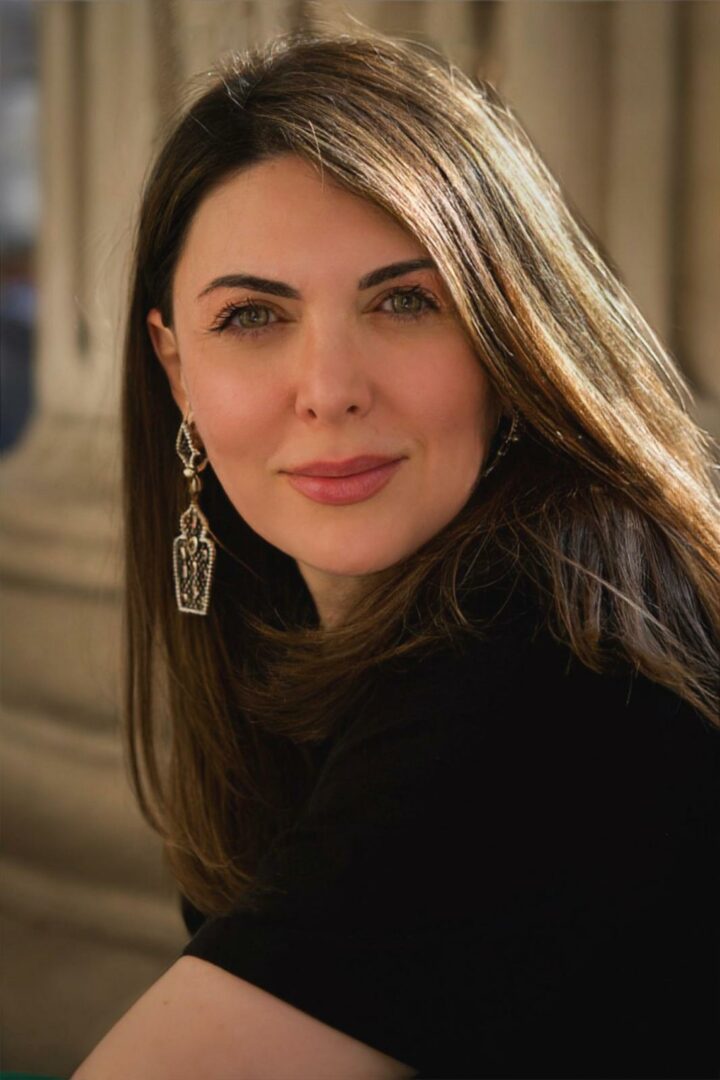We recently had the chance to connect with Naila Mehrabova and have shared our conversation below.
Naila, it’s always a pleasure to learn from you and your journey. Let’s start with a bit of a warmup: Would YOU hire you? Why or why not?
I would hire me, but not for a role that currently exists. I would hire myself to be a co-strategist for heirs, someone who helps those who have inherited resources, a rank or even a dream to find their vision. These individuals are bound for greatness and, if supported to reach their potential, can solve so many of the world’s problems. I would hire me to be on the frontlines of this brand-new industry because of my long-lasting passion for helping heirs as well as my ability to see patterns where others can’t.
Can you briefly introduce yourself and share what makes you or your brand unique?
My name is Naila Mehrabova. On paper, I’m an executive director, entrepreneur, solutionist, executive board member and advisor specialising in corporate growth strategy, transformation and digital diplomacy. But, in between those titles and specialisms, I’m also someone who has spent over three decades advising global families, guiding next-generation leaders, and helping individuals step into their roles – not just as heirs, but as stewards of legacy. For the past three years, I have been working on an incredibly special project: ‘The Heir’s Handbook, Standing on the Shoulders of Atlas’. This book isn’t just a collection of ideas, it’s a culmination of years in the field, in boardrooms and drawing rooms, in personal conversations and family crises, listening, advising and helping people to navigate the extraordinary life they were born into or inherited. I am delighted that my book is now in the process of being published and will soon become available.
Thanks for sharing that. Would love to go back in time and hear about how your past might have impacted who you are today. Who were you before the world told you who you had to be?
I was someone who thought that I could have everything even when the world was telling me to choose one path. I kept being told to specialise, to pursue one interest instead of several. But this felt deeply wrong to me – I didn’t want to abandon my curiosity and love of learning.
Now, I think of these paths as S-curves – a term we use in business strategy to describe lifecycles of growth. Through my work as a strategist, I discovered that these S-curves are rooted in understanding your capabilities and can only be built with vision. When these components come together, they can form many S-curves simultaneously which weave together to create (what I like to call) a plait of life. Considering that our gig economy is still rapidly growing, this multifaceted approach is more than just dynamic; it’s sorely needed.
What fear has held you back the most in your life?
I always say that the two strongest emotions in life are love and fear. And, every time you feel fear, that simply means you are outside of love. I’ve learned over the years that a strong vision – knowing who you are and what you are doing – can overcome those feelings of fear. Rather than focusing on fear, you just focus on what you have to achieve. A vision helps you to act with courage, to act wisely, when you are feeling afraid.
I think the worst fear someone can feel is one in which your vision is not realised. But feeling this means that you are lacking in self-belief and thus cannot grow or expand. If you struggle with this fear, try flipping it on its head. Ask yourself: what am I capable of? Where can these capabilities take me? And what is my overarching aim?
Alright, so if you are open to it, let’s explore some philosophical questions that touch on your values and worldview. What’s a belief or project you’re committed to, no matter how long it takes?
For several years now, I have been working with school pupils and young people in London to help them realise their full potential as future world leaders. I want them to understand how to build S-curves, forge connections and feel empowered to be a force for good in this world. With the advent of AI, it’s especially important for the next generations to know how much they matter. I’m grateful to the Dean of Westminster Abbey, the Very Reverend Dr David Hoyle, and to Francis Holland Junior and Senior Schools for their support in providing these workshops and lectures to pupils.
Okay, so before we go, let’s tackle one more area. What do you understand deeply that most people don’t?
Patterns. There are so many patterns in this world – from the way we live to the way we behave to the way that we communicate. Patterns are everything. As a strategist, it’s my job to analyse these and learn from them, often helping others to learn from them along the way. After all, Mintzberg’s quote remains true: strategy is simply patterns in a stream of decisions.
When it comes to our patterns as individuals, it’s important to remember that these are not set in stone. We can change our behaviour if we understand our capabilities, build S-curves (by ourselves and in cooperation with others) and find our vision. If you look outwards instead of inwards, and try to imitate others to mirror their successes, your own power becomes diminished.
Contact Info:
- Website: https://nailamehrabova.com/
- Instagram: https://www.instagram.com/nailamehrabova/?hl=en
- Linkedin: https://uk.linkedin.com/in/naila-mehrabova-1130b08
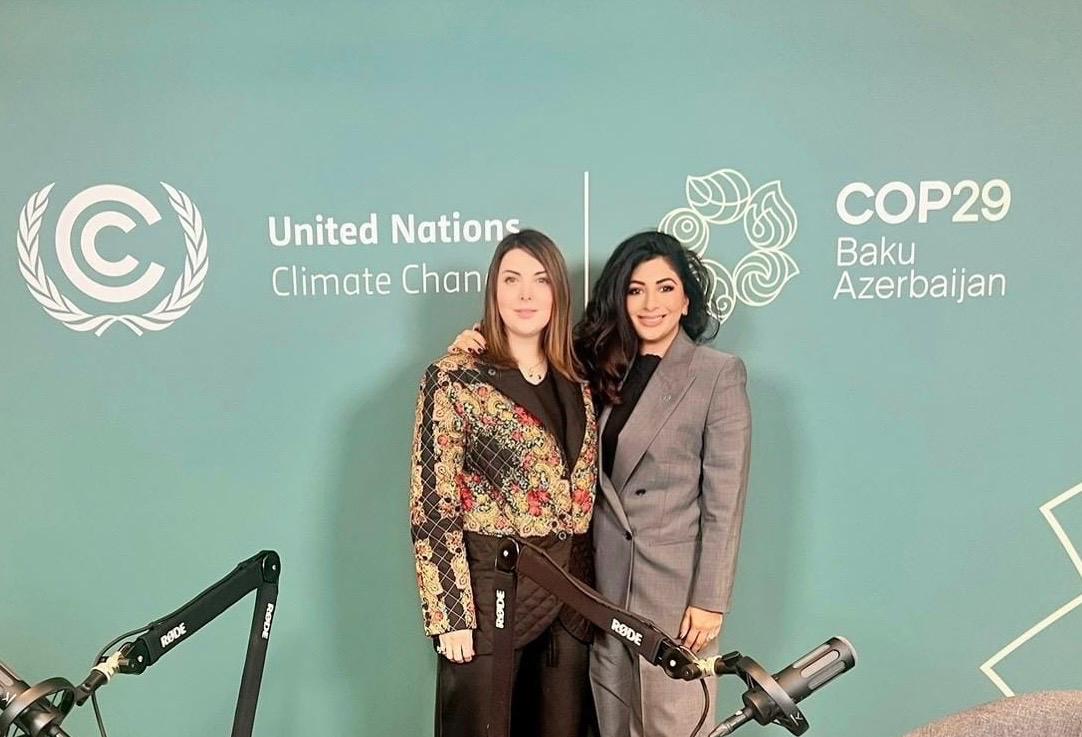
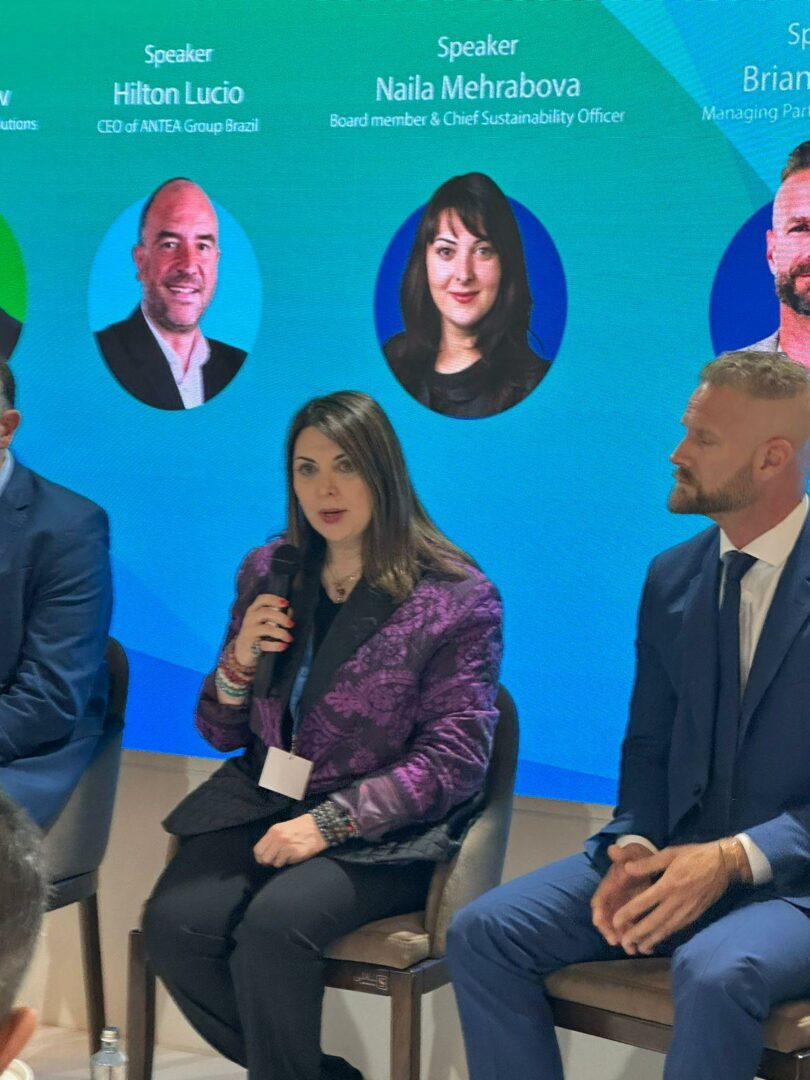
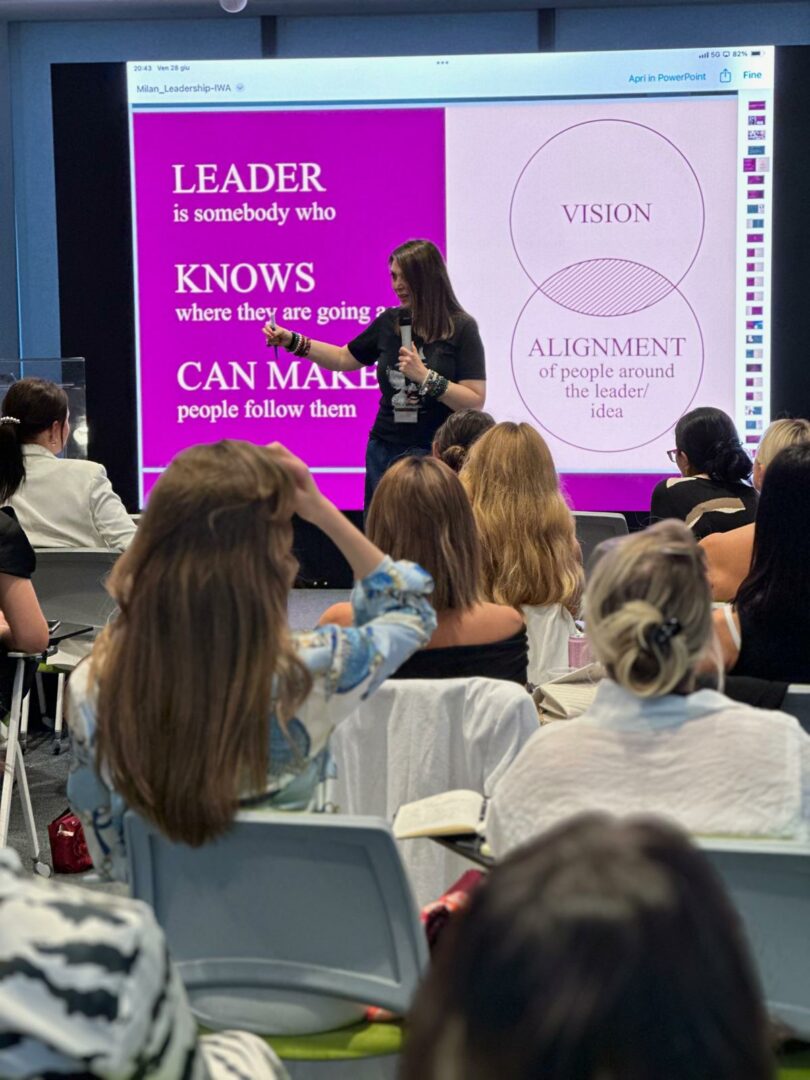
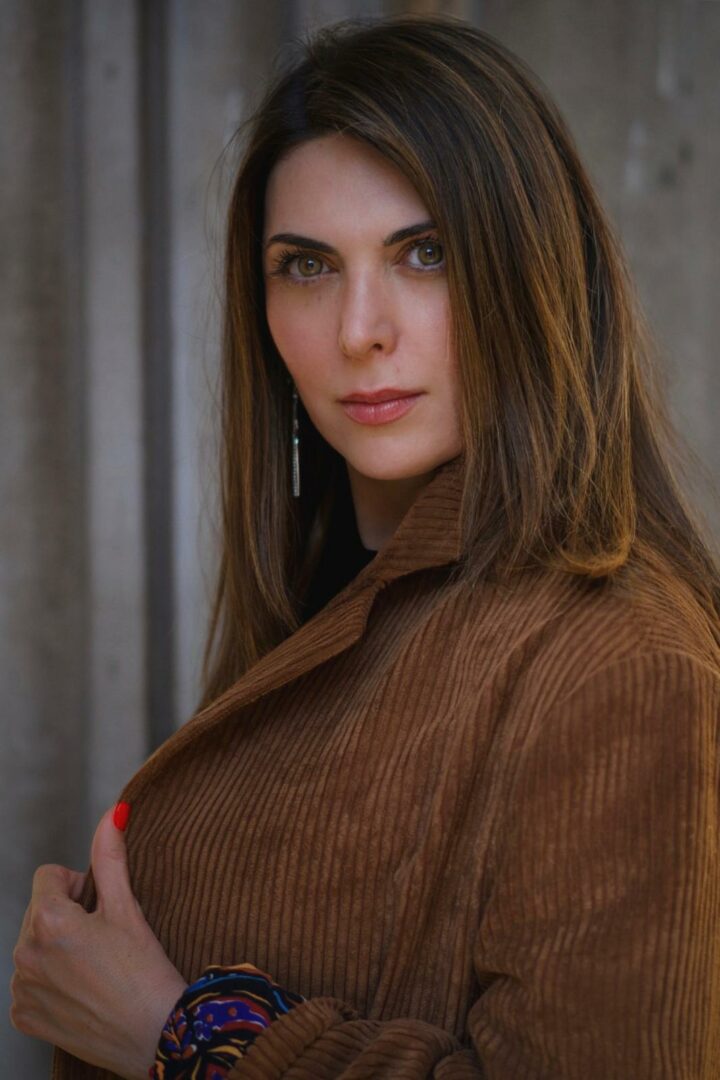

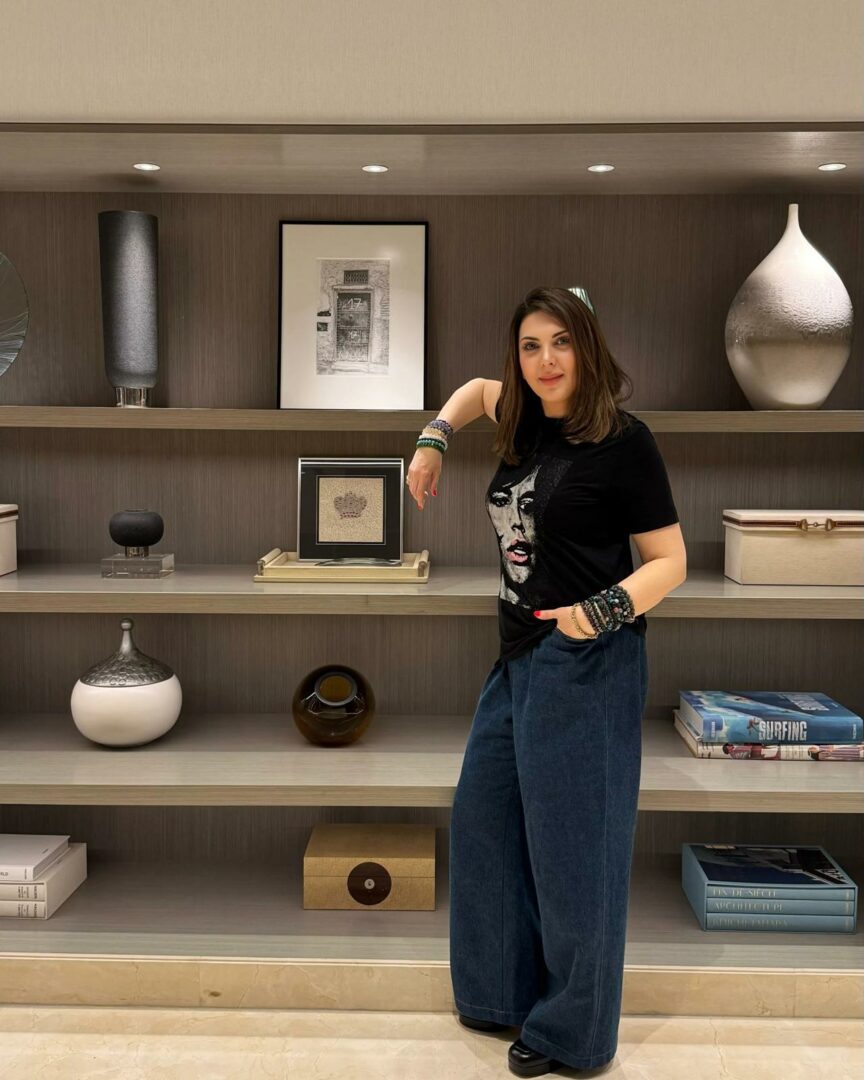
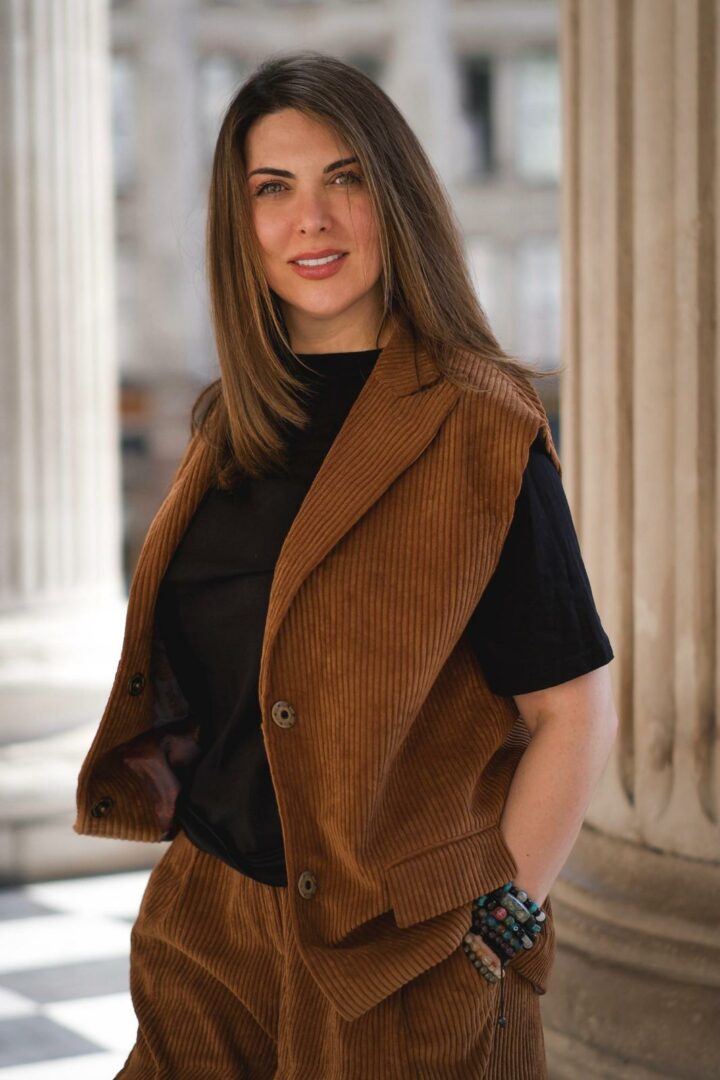
Image Credits
Marina Westley-Richards
(credit for all photos except for COP29 and two speaking photos)
Nataliya Verbitskaya
(credit for leaning against bookshelf photo)
so if you or someone you know deserves recognition please let us know here.

